Cover Photo by Prado
India is a name synonymous with dynamic cultures and vibrant festivals. People across the country celebrate festivals with great enthusiasm as they believe such occasions are an opportunity to seek blessings from the almighty and get their wishes fulfilled. One such occasion in India, which is known for its grand celebration, is the Kumbh Mela.
Probably the biggest act of faith, the Kumbh Mela witnesses a massive pilgrimage from across the globe. It is hosted by four major Indian cities, namely Prayagraj (formerly Allahabad), Nashik, Ujjain, and Haridwar. The most significant among them is the Maha Kumbh Mela held in Allahabad once every 144 years. It is a remarkable event where millions of devotees gather to take a dip in the holy Triveni Sangam of Ganga, Yamuna and Saraswati rivers. The act is believed to wash off all their sins, and help them attain freedom from the cycle of death and rebirth.
We all have heard stories about Kumbh Mela, and many of us have even witnessed its grandeur at one of the four Kumbh Mela places. But not every one of us is aware of its history and significance. The article serves as a complete guide to give you all the essential information about Kumbh Mela.
1. How the Kumbh Mela came to be…
The Kumbh Mela derives its name from the immortalizing pot of nectar, as mentioned in India’s ancient scriptures. It finds its roots in the Hindu mythology which describes the celestial fight when the Gods lost their powers to the demons. In an attempt to get their powers back, all the Gods decided to retrieve the magical nectar out of the deep ocean by churning it. This is known as the ‘Samudra Manthan’. Once the magical nectar ‘Amrit’ was extracted from the ocean, both the Gods and Demons tried to acquire the same. It is believed that during this snoop, a few drops of the nectar fell in Prayagraj, Haridwar, Nashik, and Ujjain, and sanctified these places. Since then, the Kumbh Mela is held almost every year at these places. Devotees come here to take a dip in the holy river and get rid of their sins to attain wisdom. The Kumbh Mela is held at the following locations in these cities. Here’s how it is celebrated: -
1. 1 Prayagraj
Involves ritual bathing at Triveni Sangam, which is a confluence of Ganga, Yamuna, and Saraswati rivers. The presence of Ganga and Yamuna is identified by their clear and greenish colours, respectively. The third river, Saraswati, is mythical and believed to be invisible.
1.2 Haridwar
Involves ritual bathing at ‘Har ki Pauri’, which is a famous ghat in this sacred city of Uttarakhand. The ghat is worshipped as a precise spot where Ganga leaves the mountains and enters the plains.
1.3 Nashik
Involves ritual bathing on the banks of Godavari River at the Trimbakeshwar Shiva Temple and the Ram Kund. The mela is also known as Nashik Trimbak Kumbh Mela.
1.4 Ujjain
Involves ritual bathing on the banks of Shipra River. Devotees also pay a visit to the Mahakaleshwar Jyotirlinga temple, which is an abode to Lord Shiva’s Swayambhu Lingam.
2. Types of Kumbh Mela
As mentioned earlier, the Kumbh Mela is held in Prayagraj (Allahabad), Haridwar, Nashik and Ujjain. Here are the types of Kumbh Mela held at these places.
- Maha Kumbh Mela: The Kumbh Mela is held only at Allahabad every 144 years.
- Purna Kumbh Mela: The Kumbh Mela is held only at Allahabad every 12 years.
- Ardh Kumbh Mela: The Kumbh Mela is held only at Haridwar and Allahabad every six years.
- Magh Mela: The Kumbh Mela is held at Nashik, Ujjain, Allahabad, and Haridwar every three years.
3. When will Maha Kumbh Mela be held?
The Maha Kumbh Mela was previously held in Prayagraj in 2013. It was the largest mela which is said to have witnessed a gathering of millions of devotees. It will be held next after 144 years.
However, the upcoming big Kumbh Mela will be held in Haridwar. It will begin on February 27, 2021, on Maghi Purnima and the first shahi snan (bathing) will be held on March 11, the auspicious occasion of Maha Shivratri. Chaitra Purnima on April 27 will mark the end of Haridwar Kumbh Mela with the last shahi snan.
4. Mandatory Guidelines for Kumbh Mela 2021
Only those devotees who are able to produce the following will get an entry pass to the Kumbh Mela.
- Registration on the website
- COVID-19 negative report
- ArogyaSetu App on phone
5. How to reach Maha Kumbh Mela?
All four cities including Nashik in Maharashtra, Ujjain in Madhya Pradesh, Haridwar in Uttarakhand, and Prayagraj in Uttar Pradesh, which hosts Kumbh Mela, can be conveniently reached by train or flight. People living within these states can also travel by their conveyance, or take a bus or taxi to reach the location. Below are the travel options to Kumbh Mela places.
5.1 Train
Nashik, Ujjain, Haridwar, and Prayagraj are all key stations of the India Railway Network within their respective regions. Further, the Indian Railways introduce special trains for devotees to reach these cities from different parts of the country.
5.2 Flight
Major airports in and around Kumbh Mela places include Bamrauli Military Base and Public Airport in Prayagraj, Jolly Grant Airport in Dehradun near Haridwar, Indore Airport near Ujjain, and Ozar Airport near Nashik. These airports are well-connected from other major Indian cities.
5.3 Bus or Taxi
Devotees living within the state of respective cities that host Kumbh Mela have the option of taking a bus or taxi or use their conveyance to reach the Kumbh Mela location. Also, several national and state highways connect these cities to other parts of India, for devotees coming from outside the respective states of these cities.
6. Things to do in Maha Kumbh Mela
The enormity of Kumbh Mela leaves devotees in awe of several activities and events to attend. Here is a list of major things to do in Kumbh Mela of Nashik, Ujjain, Haridwar, and Prayagraj.
6.1 Take a Dip in the Holy water
All the four cities, Prayagraj, Haridwar, Ujjain, and Nashik that host Kumbh Mela, have a holy river for devotees to bathe and get rid of their sins. However, Prayagraj Kumbh Mela has a major significance because it is home to ‘Triveni Sangam’ where the devotees get to bathe in Ganga, Yamuna and the mythical Saraswati at once. While the Kumbh Mela is held for 45 days, these special bathing sessions, known as ‘Shahi Snan’, are organized only on a few specific days and are its major attraction. Not just Indians, people from across the world come to take a dip in the holy river. They wake up at 3 in the morning just to take a 20 minutes dip and attain wisdom.
6.2 Meet the Naga Sadhus
Kumbh Mela is the time when Naga Sadhus descend. They are the staunch devotees of Lord Shiva who have given up all the material things of life, including clothes, and live only to worship their lord. Otherwise never seen in public, they flock in huge numbers at the Kumbh Mela places and can be seen bathing in the holy river, performing warrior skills with weapons, delivering religious speeches, and doing other activities. Apart from the Naga Sadhus, various other holy men, including Urdhawavahurs (who live in extreme austerity), and Kalpwasi (who bathe thrice a day or more), become a part of the largest gathering.
6.3 Be a Part of Katha and Kirtan
Holy men including Sadhus and Acharyas organise Katha and kirtan throughout the Kumbh Mela. Devotees can be a part of such events and listen to stories from the Indian scriptures including Ramayana, Mahabharata, and Bhagwat Geeta. Further, these storytelling sessions are a great opportunity to learn about the country's age-old wisdom and take life lessons. While these stories are the same that all the Hindus have been listening to since birth, you get to understand different perspectives of the same story from every storyteller. Devotees can also join the troop and sing bhajans and naam jaaps while the story is being narrated.
6.4 Visit an Akhada
Akhada is a place where followers of Lord Shiva and Vishnu carry out religious practices and hence named Shaivite (Shiva followers), and Vaishnavite (Vishnu followers). Devotees can learn a lot about these groups and capture them while performing religious practices. Further, they can listen to speeches delivered by these holy men, in order to learn more about the Hindu religion and gain spiritual attainment. All the holy men, including Nagas, Urdhwavahurs, Kalpvasis, Shirshasinse, and Parivajakash have their Akhadas which are an integral part of the Kumbh Mela.
6.5 Visit the Ancient City Temples
Once the devotees are done performing rituals at the Kumbh Mela, the rest of the day is left for them to explore the city and pay a visit to some of its major attractions. All four cities have many famous ancient temples, ghats, forts, museums, and more to explore. When researched in the right manner, there is no dearth of things to do in Allahabad (Prayagraj), Ujjain, Haridwar, and Nashik, other than being a part of the Kumbh Mela.
6.6 Participate in Cultural Events
Cultural events are an important part of Kumbh Mela that let the devotees soak in the Indian culture and traditions. From singing to dancing, devotees showcase their talent in different ways during the entire 45 days of the festival. Besides, renowned artists from around the world participate in these events through live performances. There are other street events and walk trails comprising kavi sammelan, dance performances, among other activities that keep the show running after the devotees are done with their religious rituals at the Kumbh Mela.
Bottom Line
Are you planning to attend the Kumbh Mela in Haridwar, Uttarakhand? Don’t forget to book your stays in a tent within the mela premise to experience the camping life for the next 45 days.
You can also explore more information about Kumbh Mela places and book a city tour, especially the Allahabad tour package if you are visiting for the first time. These places reveal the city’s rich history and its significance in Hindu mythology.








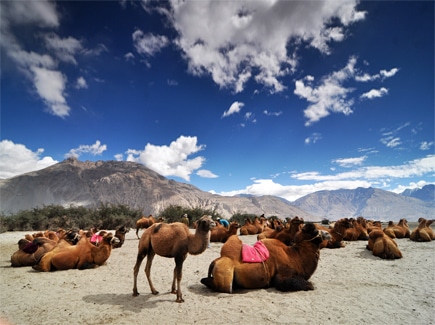
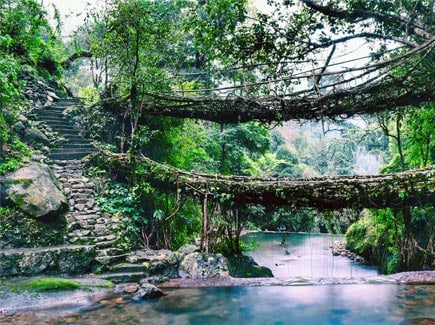
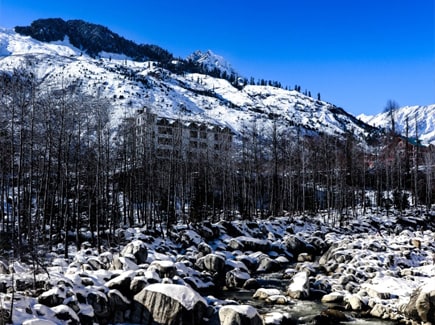





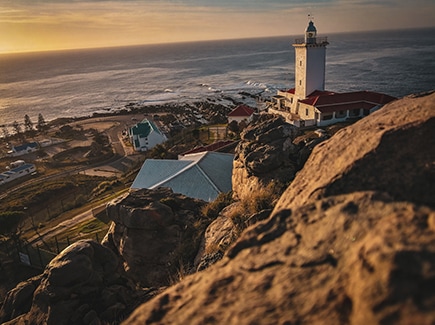









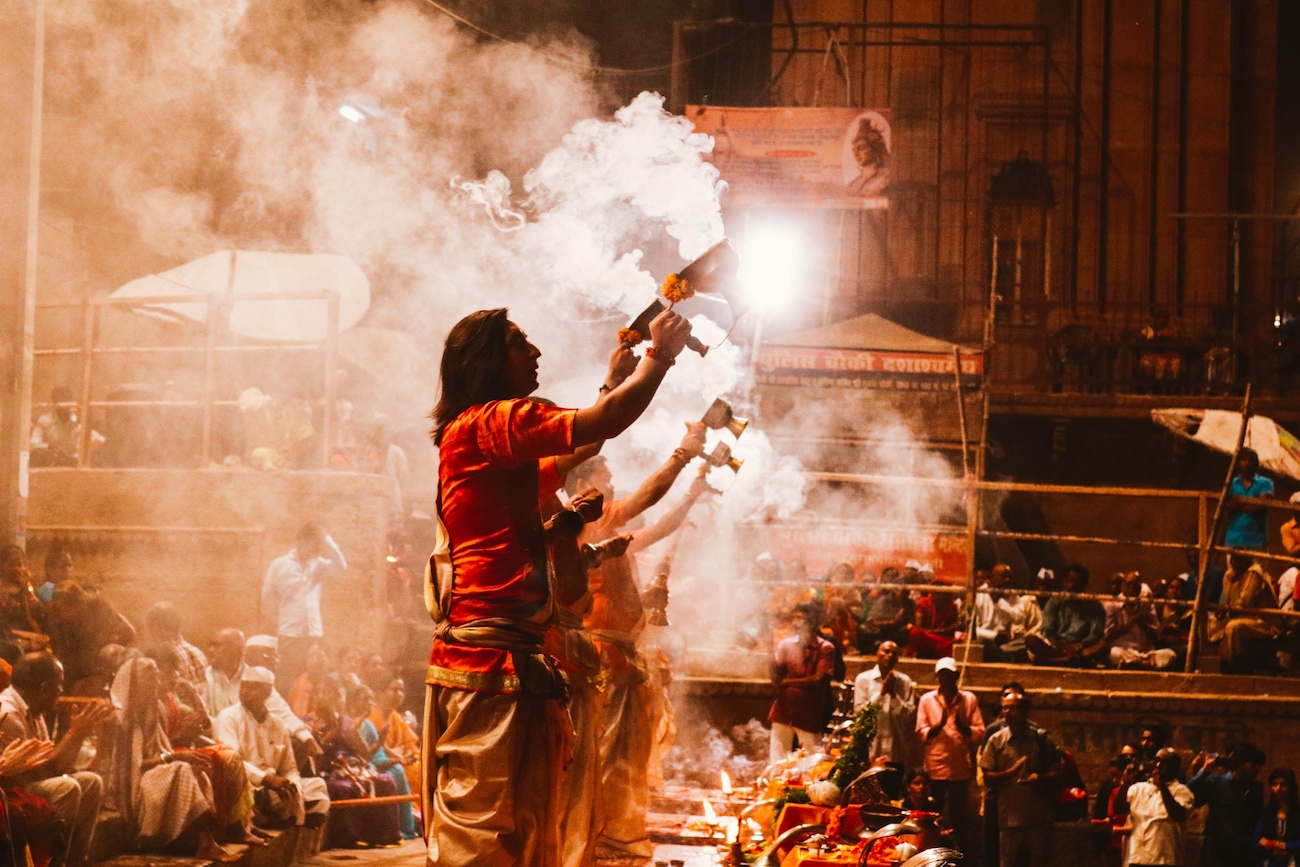



















Post your Comment
Please let us know your thoughts on this story by leaving a comment.